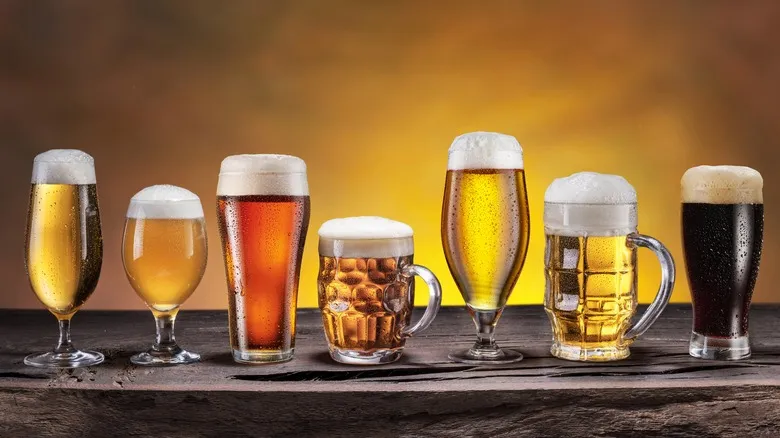Beer mug
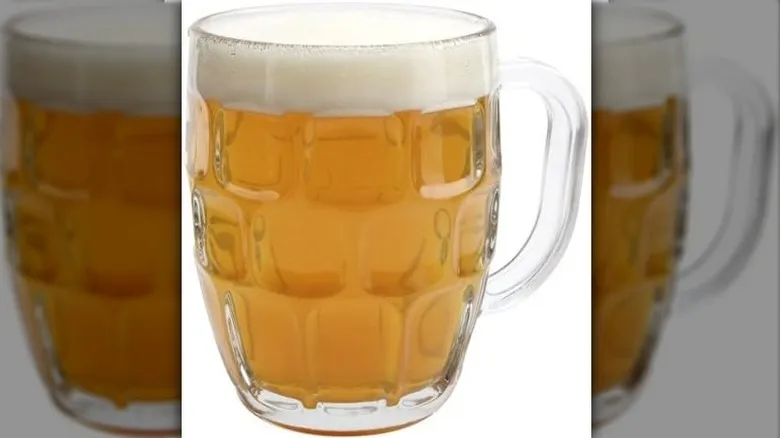
The first mass-produced beer glass was the 10-sided pint mug. This mug replaced pewter tankards while retaining a handle, preventing pub-goers from accidentally warming their drinks. After World War II, it was succeeded by a shorter, wider mug featuring a grenade-like design. Although not specifically crafted to enhance the flavor of beer, the mug's unique character, durability, and size make it an excellent choice for parties, and it has recently seen a revival in pubs. It closely resembles the beer steins commonly used for serving Oktoberfest beer, although the ideal vessels for that occasion might be hefeweizen glasses or beer boots, which will be discussed later.
You can buy the Libbey dimple stein beer mug for $15.95 on Amazon.
Nonic pint glasses

By the 1980s, pub owners in England had a new choice that was more convenient for storage and cleaning. These "nonic" pint glasses are similar to the American pint glasses we commonly see, but they feature a bulge about two inches below the rim. This bulge helps prevent the glass's rim from getting chipped or damaged (hence the name). A close relative of the nonic is the tulip pint glass (like the one used for Guinness). British ales, lagers, porters, and stouts are perfectly suited for these glasses.
You can buy a set of four nonic glasses for $21.99 on Amazon.
Goblets and chalices
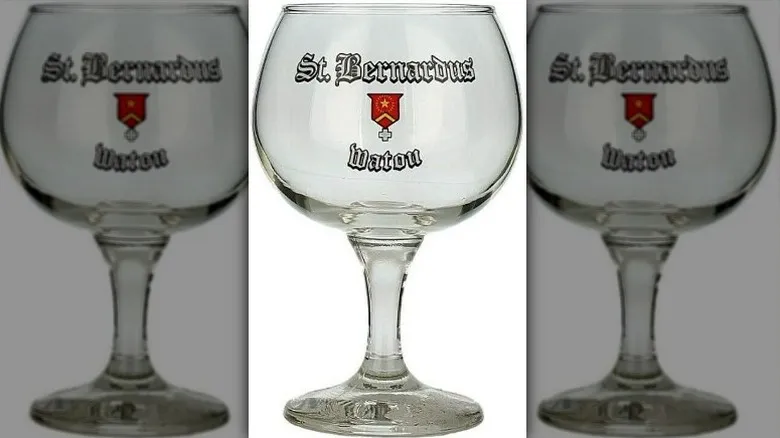
For the next leg of our glassware journey, we’ll traverse the Strait of Dover from England to Belgium, a country where brewing traditions trace back to the monasteries and abbeys of the Middle Ages. Here, we’ll discover a selection of dark beers and robust ales served in two types of glasses. Goblets and their more durable counterpart, the chalice, both feature wide openings that facilitate generous sips and guide the beer to the back of your tongue, where the taste buds that sense bitterness reside.
You can purchase the St. Bernardus nucleated original Belgian beer glass for $14.99 on Amazon.
Stout glasses
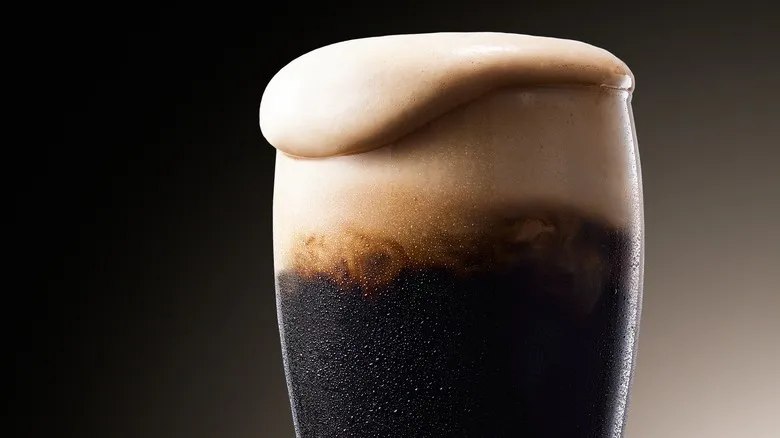
Beer enthusiasts identify stout beers by their unique flavors, deep colors that distinguish them from lighter varieties, and the rich, creamy texture experienced with each sip. Stout glasses enhance the taste of these brews, offering a superior experience compared to drinking from a bottle or other glass types. This enhancement is due to the design of the glass, which allows drinkers to fully appreciate the beer's robust aroma and flavor while maintaining an optimal drinking temperature.
There are several types of stout glasses, including pints, snifters, and tulips. Despite their different shapes, they share several features. The thick glass walls help maintain the beer's temperature for extended periods, allowing drinkers to savor their beverages at a relaxed pace. These glasses typically have wide designs and are often shorter than other glass types, with broad rims that capture more of the beer's frothy head, ensuring that the aroma reaches the drinker's nose.
Among these options, the pint glass is the most commonly seen, particularly in bars serving Irish stouts.
You can buy a set of four Libbey craft brews stout beer glasses for $34 on Amazon.
Snifters and tulips

The other two types of glassware, snifters and tulip glasses, are similar to goblets but feature a narrower opening at the top. This design helps to capture the beer's aroma and facilitates swirling, which can enhance the scent of the beer over time.
When enjoying barrel-aged beers, it's best to choose a snifter. For your preferred specialty or premium stout, a tulip glass is the ideal choice.
You can buy these two stemmed tulip glasses for $24.99 on Amazon.
Stange Kölsch beer glass
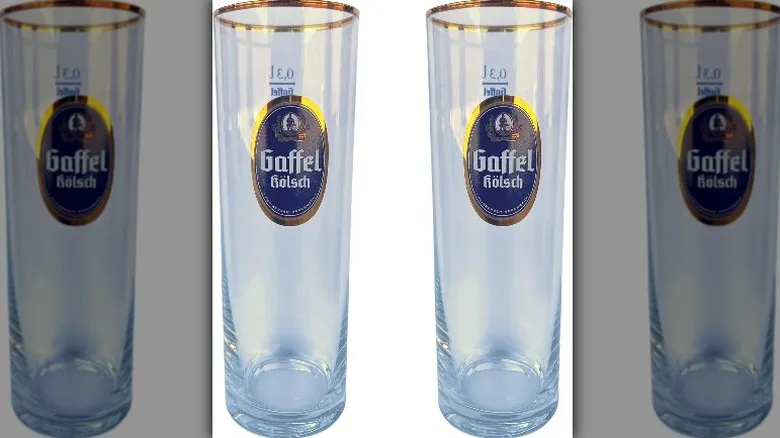
As we cross into Germany from Belgium's southeastern border, we'll discover a variety of glass types. The stange, which translates to "pole" in German, is the simplest to describe — it's essentially a cylindrical glass. Its slender design helps maintain the carbonation in light beers like Kölsch. Some stange glasses are intentionally short to keep the beer from warming up too quickly or losing its fizz. But don’t worry — this doesn’t mean you’ll be drinking less! Traditionally, stanges are served in large quantities, known as a "kranz," which means "wreath" in German.
You can buy a set of four Kölsch glasses with gold rims for $22 on Amazon.
Weizen glass

Weizen glasses are crafted to highlight the characteristics of Bavarian-style wheat beer. Their curved tops help maintain the creamy foam head, enriching your aromatic enjoyment of the brew, while the slender glass showcases its vibrant color. Although some establishments offer wheat beers with a slice of lemon or orange, be cautious—citrus juices can diminish the beer's head, taking away some of the sensory pleasure.
You can buy a set of four Spiegelau Beer Classics Hefeweizen glasses for $55.99 on Amazon.
Pilsner glass
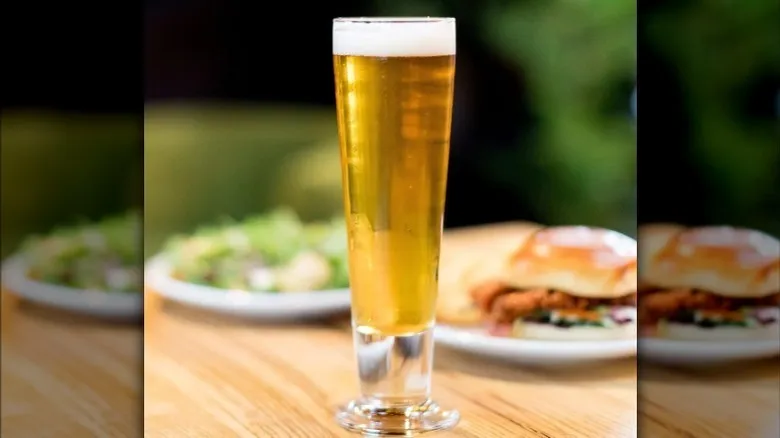
From Germany, we will journey further east to the Czech Republic, renowned for what could be considered the Miss Universe of beers — the sparkling golden pilsner. When it was first crafted in the Bohemian town of Pilsen in 1842, its brilliant clarity was unlike anything the beer world had encountered before. The tall, slender glass that flares at the top is specifically designed to highlight the beer's color and carbonation, captivating drinkers since the 1840s. Other light beers, such as bock and blonde ales, also look great in a pilsner glass.
You can buy a set of four Libbey Stockholm pilsner glasses for $24.99 on Amazon.
American pint glass
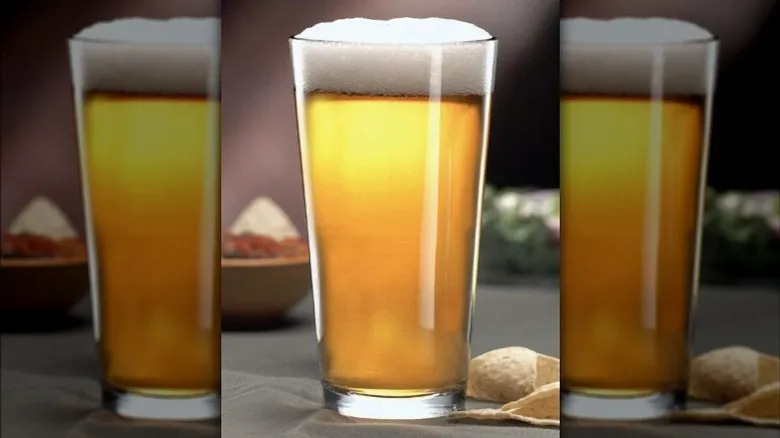
In the United States, the American pint glass is a common sight in bars and restaurants. Its main attraction lies in its practicality: it's inexpensive to produce and purchase, easy to stack, sturdy, and adaptable (often called a "Shaker Pint" because its straight edges fit well with a shaker when making cocktails). The American pint glass is generally neutral—it neither enhances nor detracts from your beer-drinking experience. The only exception is when enjoying a strong beer like a Belgian ale; in that case, if a chalice or snifter isn't available, a wine glass would be a better choice than an American pint glass.
You can buy a set of four Libbey pint glasses for $24 on Amazon.
IPA glass
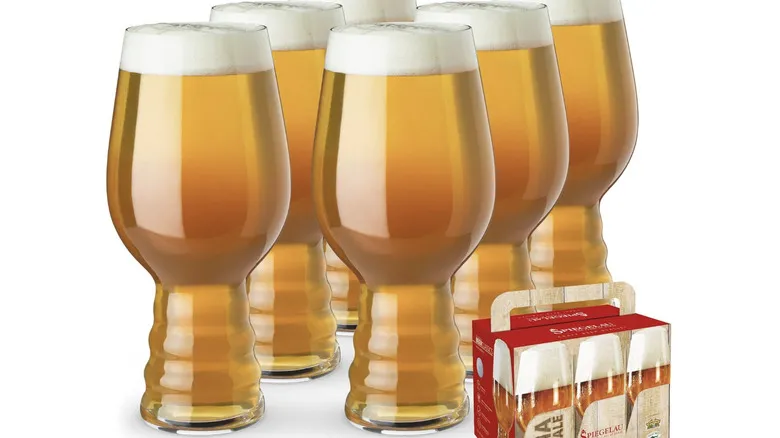
However, things aren't quite the same as usual back in the States. In fact, one of the latest additions to the beer glass collection made its debut here in 2013, resulting from a collaboration between American breweries Dogfish Head and Sierra Nevada, along with German glassmaker Spiegelau. This 19-ounce glass features an elongated goblet shape with a ridged base. The rounded top helps maintain the beer's head and locks in flavor, while the ridges stir the beer, continuously releasing the hoppy aroma and taste that IPAs are known for.
You can buy a set of four Spiegelau Craft IPA glasses for $44.99 on Amazon.
Glass beer boots
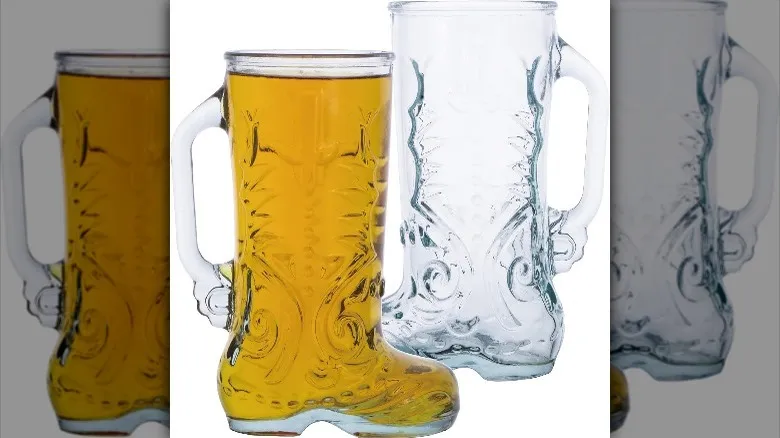
The glass beer boot has an amusing backstory. Legend has it that a Prusso-German general vowed to his soldiers that if they triumphed in their next battle, he would drink beer from his boot. He apparently fulfilled this promise, leading to the creation of beer glasses shaped like boots to commemorate the general's probably unappetizing brew and the footwear that contained it.
Over time, people began referring to the glass as "das Boot," which actually translates to "boat" in German, not "boot," but that’s beside the point. This intriguing tale adds to the rich history of the glass, which also features an alternative origin story claiming it was inspired by the English and their riding boots.
Regardless of its origins, the distinctive shape of the glass plays a significant role at one of the world's largest festivals: Oktoberfest in Germany. While you might not mind whether a German beer, such as a Pilsner or Kölsch, fills your glass, you'll certainly want to be aware that the toe of the boot contains an air bubble that expands with each sip. For those unaccustomed to it, this can result in beer-scented stains on your shirt. To avoid being the punchline at Oktoberfest, simply hold the glass sideways while drinking, rotating it until the beer reaches your mouth instead of your clothing.
You can buy a set of two Chefcaptain glass beer boots for $24.95 on Amazon.
Does it really matter?
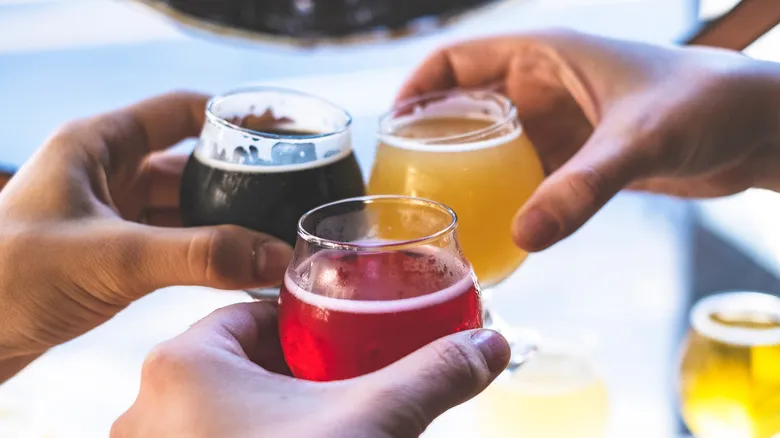
How significantly does the design of a glass influence the flavor of beer? This topic sparks considerable discussion. Some argue that the variety of beer glassware is merely a profit-driven venture, and I’d be naive to dismiss that aspect. However, I also have a penchant for a captivating narrative.
I recognize that the Belgians and Czechs were savoring Trappist ales and pilsners long before the advent of chalices and pilsner glasses, yet these designs have now become emblematic of the cultures that crafted these brews. The chalice conjures images of Thirteenth Century monks serving beer in their monasteries, while the slender flute of a pilsner reflects the awe of Bohemian villagers witnessing the flow of a new, clear brew from their casks.
The shape of a beer glass can enhance its appearance, flavor, and aroma. For me, it certainly introduces a fourth element—a story. Infusing history into hops makes the experience of enjoying one of humanity's oldest pleasures all the more delightful.
Recommended
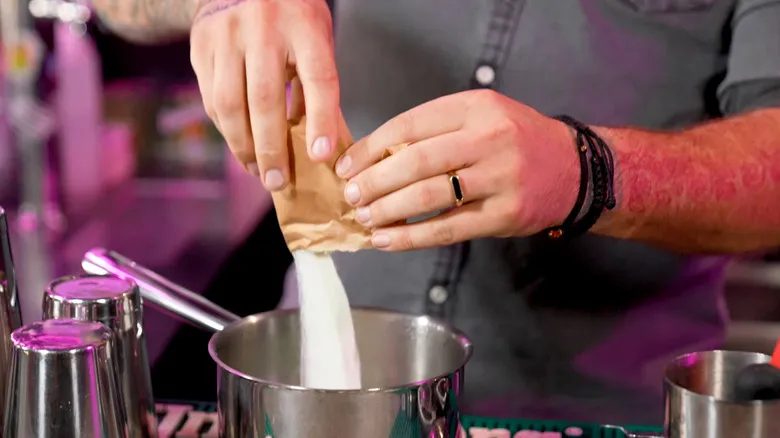
How To Make Jell-O Shots - You're Doing It Wrong All Wrong
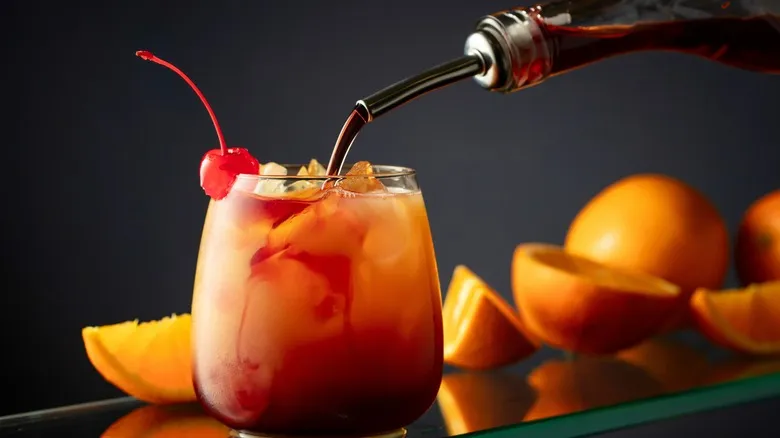
Surprise! Grenadine Syrup Isn't Cherry-Flavored
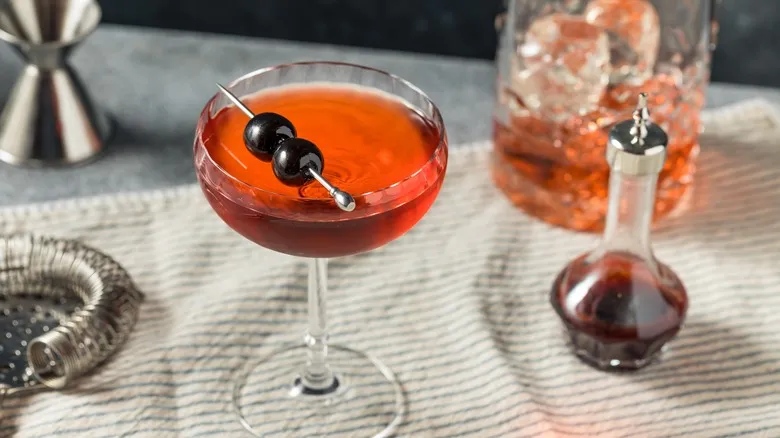
Your Favorite Bourbon Cocktail Could Use A Boost From Chocolate Bitters
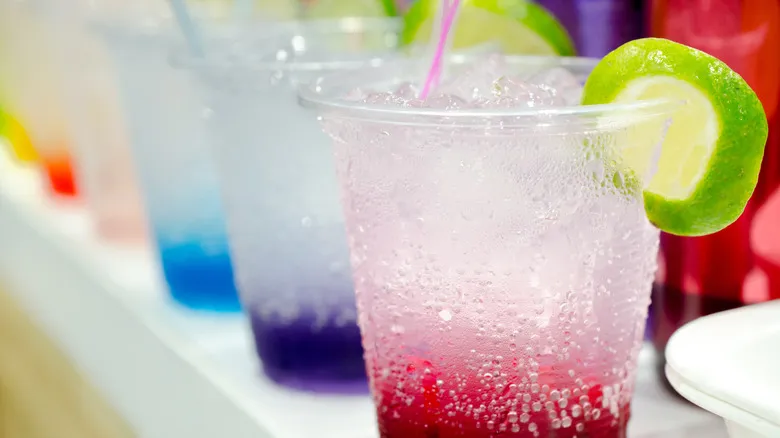
Give Your Guests Elite Beverage Options With An Italian Soda Bar
Next up

